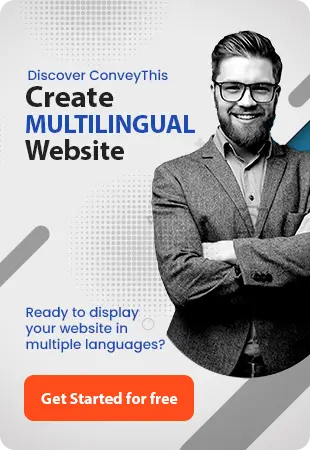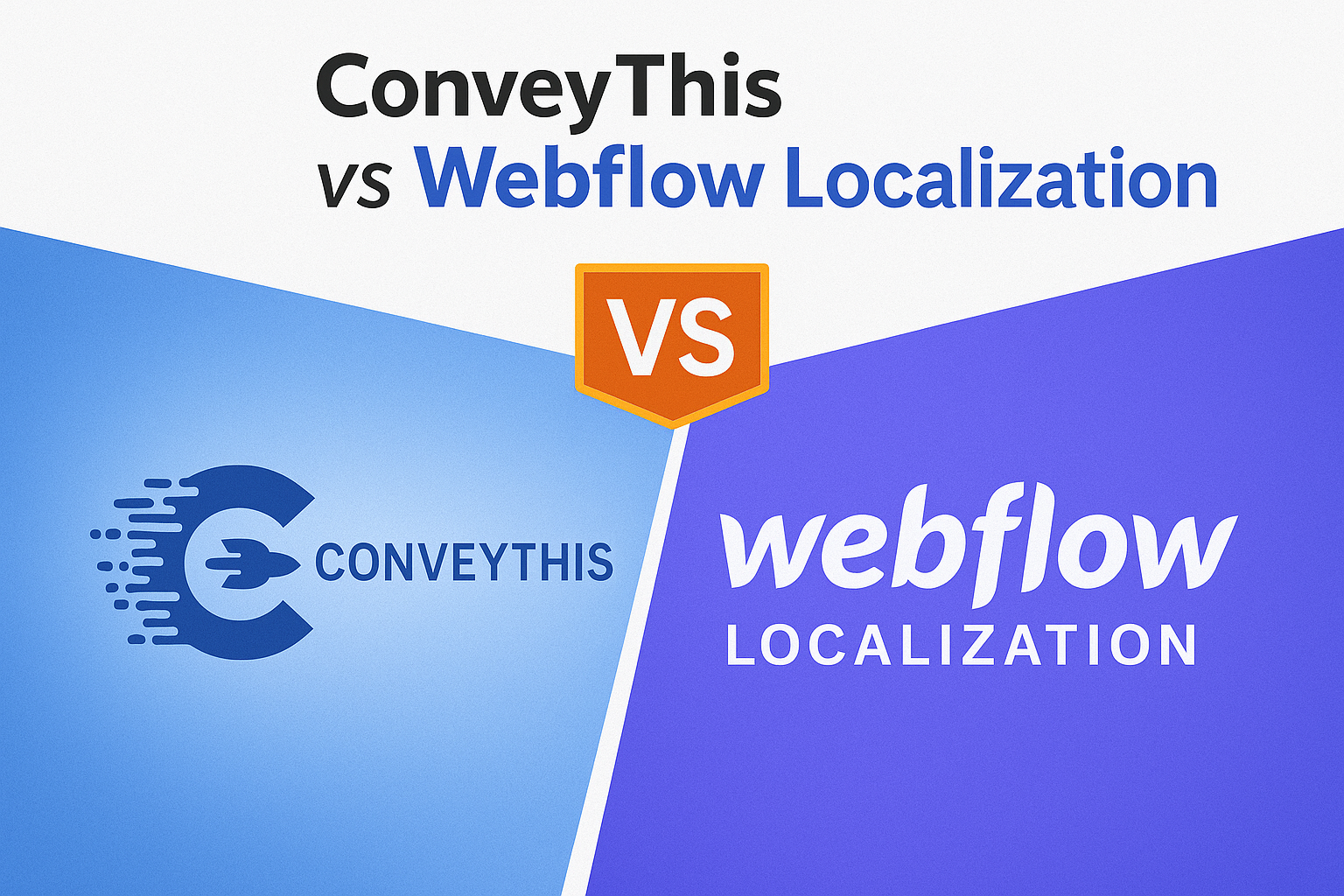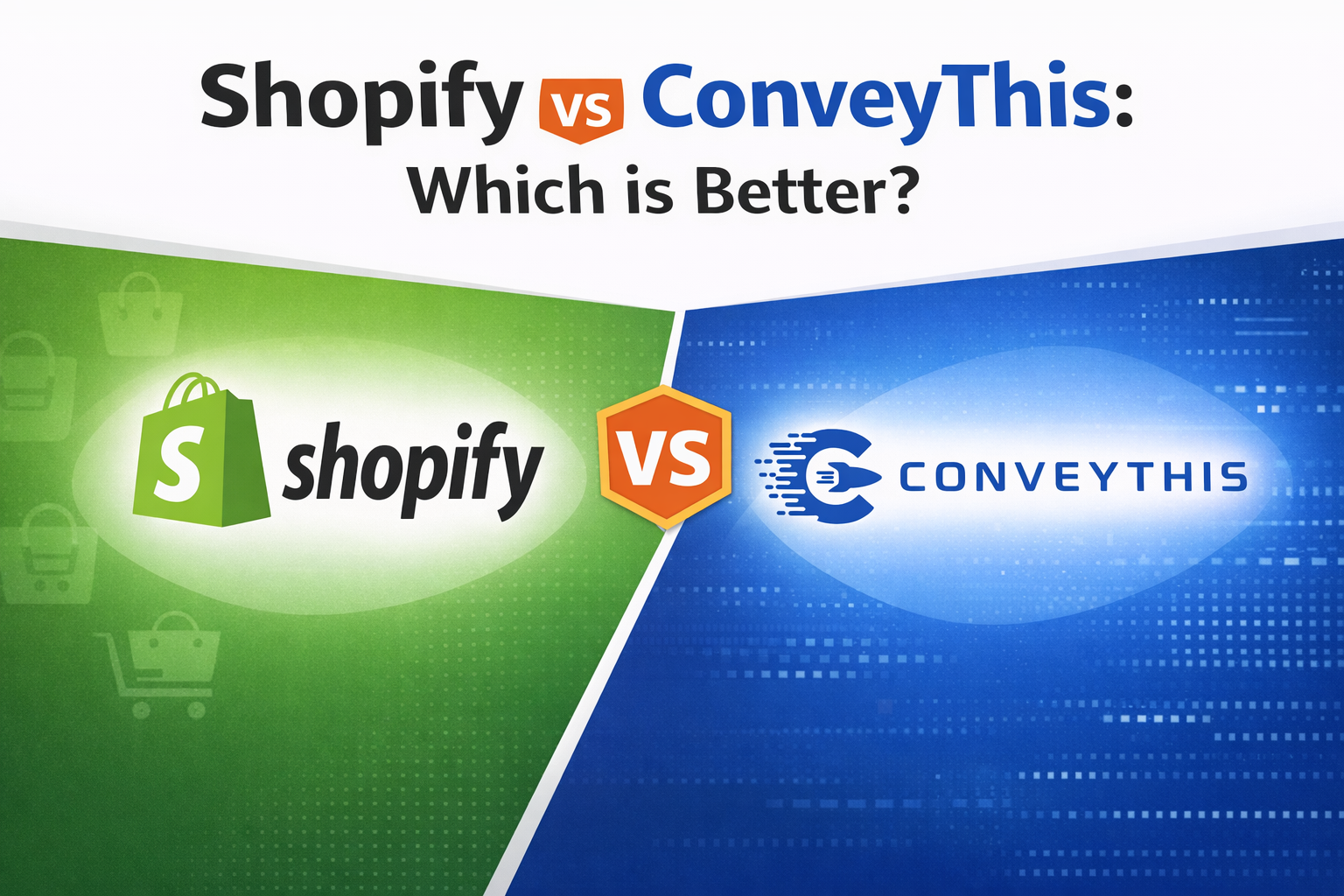Increase Your Customer Base by Offering Your Content in Their Language
An independent report by Common Sense Advisory revealed the importance of translation in international ecommerce. It clearly plays a key role since the study revealed that 60% of people rarely or never buy from English-only websites.
3,000 online shoppers were surveyed in 10 non-English speaking countries from all over the world, the results showed that 75% of them want the products in their native language. This evidence disproves the longstanding belief that people who speak English well don’t mind using it when it comes to online transactions. When it comes to automotive and financial services, they are even less likely to buy if the information is not available in their language.
The Common Sense Advisory founder, Don DePalma concluded “Localization improves customer experience and increases engagement in the brand dialogue. It should be a rigorously planned and executed business strategy for any company looking to grow internationally.”
Having a multilingual website is a pivotal element in a global marketing strategy. This is easy if you are using WordPress, the ConveyThis plugin is a fast and reliable solution.
However, it is not enough to translate your website. In order to provide an excellent user experience you need to make sure that the content is culturally appropriate for your audience and that the language differences haven’t affected your layout.
Here are some great tips on how to achieve a successful multilingual website.
Pick a trustworthy translation solution
For WordPress, there are many options available for website translation, you can filter them according to your budget and expected results.
But how do you choose? Well, you can lower the number of options by discarding those that don’t fit your budget. You can also filter out others depending if you need computer translations or professional ones. You can even get a free translation plugin that just offers the most basic computer translation.
If you are looking for high quality, clear translations, a preliminary phase with computer translation could be a good place to start, so you can get a feel for how the final version of your translated site may look, but a professional translator will later need to check it to fix any and all mistakes.
A good WordPress plugin that will give you excellent results must:
- Support the languages you are interested in.
- Fit smoothly into your website, and identify and automatically translate all text.
- Work well alongside other plugins or themes
- Have also human translations available.
- Connect you with professionals in the translation industry.
- Allow you to edit the new text.
- Have a customizable language switch.
- Have SEO support
There should be no question about localizing your website if you want to grow and sell more goods to global customers. Make sure to have the translations reviewed by an experienced translator, so your website can communicate clearly with your visitors. Admittedly, it will cost extra, but the results will compensate and you will soon earn back the money well spent.
Pick your new languages well
This may seem like the simplest of all steps. You may already have in mind where you want to make new customers but you should first take a look into all the data that your site has collected and see who has been visiting your site.
Google Analytics can show you in which languages are most of your visitors browsing. You might discover a nice number of “fans” accessing your English WordPress website from an unexpected country! Why not offer your content in their native language? This will improve your bond with them and make them feel more confident about purchasing your goods.
Furthermore, just because there are a hundred language options available in your plugin, that doesn’t mean you should enable them all, the fewer languages, the less work for the translation team. Your message will be clearer and your bond with your customers will be stronger. If you have many visitors from a country where people speak multiple languages, do research before choosing which one your translation team will focus on.
Have a clear language switcher
Even though many websites are set up in a way so that it displays the version in the language that the device is in, it’s still necessary to offer the possibility of changing the preferred language (and remembering this preference in future visits is a nice touch).
It may be that the users are learning a new language and have decided to change their phone configuration to help them study, or maybe the GPS indicates that they are in a different country but the user is a tourist and does not speak the local language.
When choosing the best placement for the language switcher it is always important to keep it in a fixed, prominent location, such as the header or the footer. The button should be clear, it should have the name of the language or hovering over the button you get a drop down menu with all the language options with names the native speakers will recognize, for example ‘Deutsch’ and ‘Français’ instead of ‘German’ and ‘French’.
Try not to use flags as synonyms for language names because many countries may speak the same language or you may have a single country where many dialects are spoken. ConveyThis has the flag option available if you decide they are the best option.
Avoid duplicating content
Use locale-specific URLs to avoid duplicate content penalties. This type of URLs contain a language indicator. The original website in English might look like this “www.website.com” and the French version could be “www.website.com/fr”.
Choose a URL structure that makes it easy to associate with the different regions, there are three options available:
- website.fr: For this option the websites are easily separated but it is expensive
- fr.website.com: For this option the website is easy to set up but the users may be confused (for example, does ‘fr’ refer to the language or the country?)
- website.com/fr: This option is low maintenance and easy to set up but it’s all in a single server location because it’s a subdirectory. This is the option that ConveyThis uses, each language has their own URL.
Design a multi language SEO strategy
Now that your website has several language options, the likelihood of showing up in web searches has increased, more people can now visit you. Now you need to analyze your SEO strategy.
All your content with its keywords and stored metadata is now available in more than one language which means that your website will rise in the rankings because it now qualifies as relevant in many more regions. This does not only apply to Google, but to other search engines as well.
Your SEO strategy will depend on the most popular search engine for your target audience. If you are trying to captivate the Russian market, you’ll need to familiarize yourself with the Yandex search engine. In the US most people use Google, but in China they use Baidu. There are other search engines available such as Bing and Yahoo. In order to optimize the process, research your target audience’s browsing habits, find out how they found you and what were the keywords they typed that led them to your website.
ConveyThis is well versed in the best multilingual SEO practices so you can rest assured that your multilingual site will be well tagged.
Use hreflang annotations
Tell Google about your localized website. This will result in Google showing the relevant language version of your website in search results. This can be done through hreflang.
There are three methods for indicating alternative language versions:
HTML tags
By adding <link rel=”alternate” hreflang=”lang_code”… > elements to your page header you can indicate which language it’s displaying. Do this with all the language options.
Keep in mind, the subdomain names that you have chosen do not hold any useful information for Google. You have to associate the URL to the language in the head section of the page.
HTTP Headers
An HTTP header is a great option for non-HTML files such as PDF.
Sitemap
This is done with a <loc> element that specifies a URL with a child entry, which indicates every language variant of that site. The sitemap will show you an entry for every version of a page with as many child entries as there are versions.
Remember to update the translated versions
It often happens that online business get very excited and break into the global market with a fantastic multilingual website of their previously English-only version, but then, the English version keeps growing and expanding with new content and the other language versions fall behind and start to look different.
It is pivotal that the user experience is consistent across all languages. It is not a sound business decision to have an incomplete and outdated version of a website, the bond with the customers will suffer. Your company’s reputation will take a toll if visitors notice neglectful behaviour.
When planning an update of the main site, remember to schedule updates for the other versions as well. Review the content of all versions and check that all changes have also been made on the other languages. There shouldn’t be content differences only cultural ones. ConveyThis is a great tool for ensuring consistency, from its automatic translation feature to its intuitive editor. Simply remember to not use embedded text because it can’t be translated automatically.
Best layouts for different languages
Space is key for multilingual website design. Not all languages fit in the same space as the original. Some require more vertical space, some are wordier and others are read from right to left. So when you feel happy that the English text has luckily fit on a tight space, know that it is very probable that the translation won’t fit there without font size adjustments, and there is a limit to decreasing the font size, we don’t want it to become illegible.
The solution is to allow for elbow room, let the text stretch so the translation won’t wreak havoc on the page layout and overflow, avoid fixed spaces, be prepared to work a bit with the ConveyThis tool on the formatting to smooth out slight imperfections, you may need to allow for more vertical space between lines or change the font size, or abbreviate, or change some terms.
Remember to do research on cultural expectations and values, you may need to verify if the images, icons and colors chosen are appropriate for your target culture. The meaning of images is very subjective so you may need to change them in order to get your message across. If any images have text embedded you’ll need to have it translated; if there are videos you can choose between dubbing or subtitling them.
Informing users
Create text or icon notifications that let your users know which parts of the website or files are not available in their language. This may be in the case of parts of the website haven’t been translated yet, or that are excluded from the translation process, or on links that redirect to an external website not available in their native tongue.
Account for different cultures
As we have mentioned so far, it is not enough to use automatic translation to create a multilingual website and succeed in an international market. In order to reach your target audience and have them trust you, you have to understand their expectations and their beliefs.
A computer does not know how to do this, a dedicated human researcher needs to apply to the task of learning about the target audiences and the differences between the source culture and the target culture. It is necessary to identify where changes will be needed and how to do so. Moreover, some languages are spoken in many countries and in many cases it is not advisable to use slang as it will confuse those visitors that are not familiar with the expressions.
The process of translating and adapting content for a different culture is called localization. It replaces all the culturally relevant content with an appropriate equivalent in order to achieve the same emotional reaction in both audiences. This type of work can only be done accurately by an expert in the target culture and it has to be tested before defining the final version.
Unexpected features that also need translation
- Video and multimedia: Make new multimedia content designed exclusively for your new target audience or commission subtitles or dubbing for already existing media.
- Captchas: The captcha script should match the content script. A Brazilian visitor won’t be able to type what they see if the words are in Japanese.
- Dates: Not all countries use the same date format or even the same calendar!
- Currencies: Consider converting the original currency to the local one for easier understanding of the displayed prices.
- Measurements: It might be useful to translate the imperial system to metric for visitors outside the US.
The WordPress multilingual solution that best fits your needs
When it comes to choosing amongst all the available WordPress plugins for creating multilingual websites, the best solution is ConveyThis. It is intuitive, the translations are clear and the price is affordable.
The ConveyThis translation plugin not only has an automatic translation function, but it also puts you in contact with professional linguists that revise the content and make sure that it is appropriate and works effectively with its target audience. ConveyThis adapts perfectly to your website’s layout and plugins.
ConveyThis follows the advice listed on this blog such as:
- Quality translation.
- Clear language switcher.
- Creating properly indexed subdirectories for each language.
- Editable text.
- Access to human translators that culturally adapt your content.
ConveyThis can translate your website into 92 different languages including the most widespread right to left languages.
By starting with a first layer of computer translation – done by the best machine learning providers – you can transform your website into a multilingual one in minutes. Afterwards you can take it to the next level and check and modify the translation yourself or hire a professional translator to do it for you.
The translation process is optimized with ConveyThis, no time is wasted. You can break into international markets and win new customers straight away. And super intuitive to use!
Our translations are accurate, clear, and culturally appropriate. The price for the service will depend on the language combination and the quality-price ratio is great for your pockets. You’ll win back your investment in no time if you follow the easy advice laid out in this article. And the plugin integrates seamlessly with your WordPress website, no changes required before installing.
Use hreflang annotations
Translation, far more than just knowing languages, is a complex process.
By following our tips and using ConveyThis, your translated pages will resonate with your audience, feeling native to the target language.
While it demands effort, the result is rewarding. If you’re translating a website, ConveyThis can save you hours with automated machine translation.
Try ConveyThis free for 3 days!
 No card details
No card details



